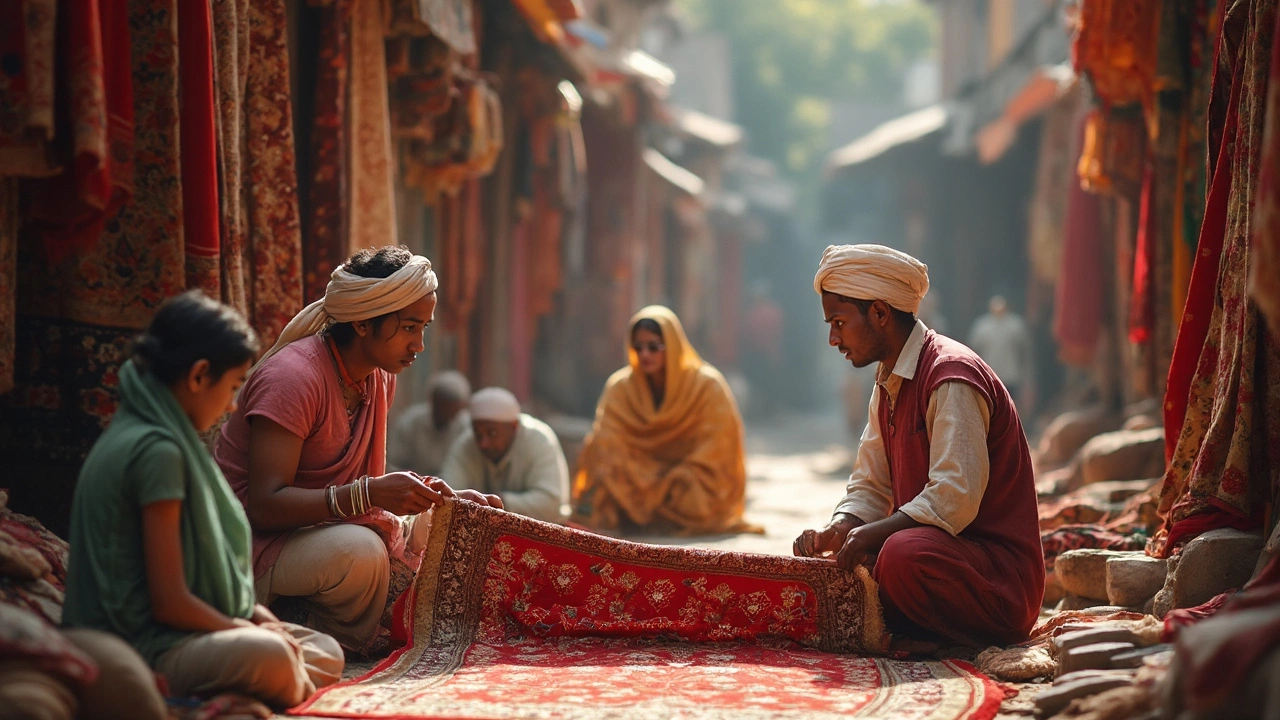
What Does the Back of a Rug Tell You? Quick Tips to Spot Quality and Origin
Ever flipped over a rug and wondered what all those threads and knots mean? The back of a rug has a ton of secrets to share—about how it was made, where it came from, and how long it'll last. This guide gives you super practical tricks to spot real hand-knotted rugs, recognize machine-made fakes, and avoid buying duds. You’ll find out what to inspect, what those blurry patterns reveal, and how to spot repairs or sneaky damage. No more guessing when you shop—just flip and know all you need.
View More